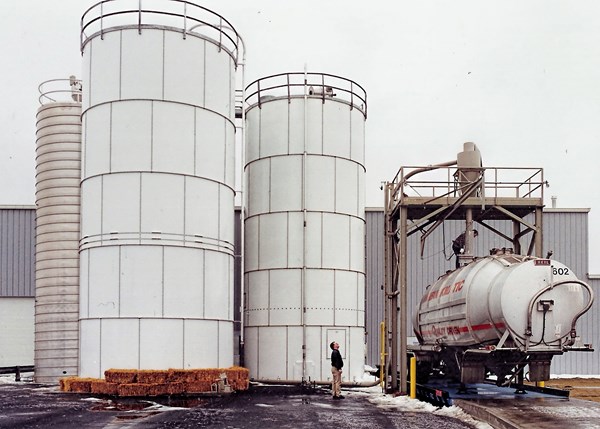Add Dirt to Your Resin?
No, it鈥檚 not recommended, but some people do it anyway. Inadvertently, through carelessness or lack of training.
No, it’s not recommended, but some people do it anyway—inadvertently, through carelessness or lack of training.
I was reminded of this in reading John Bozzelli’s Injection Molding Know-How column in our upcoming August issue (read it here). John’s column is entitled, “Purging: A to Z”, and he makes the valid point that getting all the flow paths in your injection system clean so a new color or material can be introduced without contamination is a job that starts with material handling. It’s a more expansive view of purging than most people have heard before. His point is to prevent contamination throughout the system, all the way back to unloading the truck or railcar.
Thinking about that put me in mind of a lament I heard long ago from a technical-service veteran at a major polyolefin supplier: “We take elaborate procedures to guarantee the quality, consistency, and cleanliness of our materials. But we get service calls from molders who say dirt in our resin clogged up their molds or hot runners. When we investigate how they handle material at their plant, we sometimes find the culprit in the hose and coupling they use to unload a railcar or bulk truck. Believe it or not, at some point before or after unloading, untrained workers let the hose and coupling drop into the dirt. There’s your contamination.”

Related Content
-
Net Impact Announces Third Circular Plastic Challenge
Next generation of professionals challenged to develop a 大象传媒 concept leveraging artificial intelligence in plastics value chain.
-
Educational Grant and Student Scholarships Open
The Society of Plastics Engineers’ Mold Technologies division is accepting applications for a $5,000 educational grant and a new $3,000 student scholarship honoring Glenn Beall.
-
AIM Institute Continues to Grow Plastics Education and Training on 10th Anniversary
The AIM institute was created in response to the rising need for skilled injection molding professionals, providing individuals with a fundamental understanding of plastic rheology and plastic flow through a mold.






